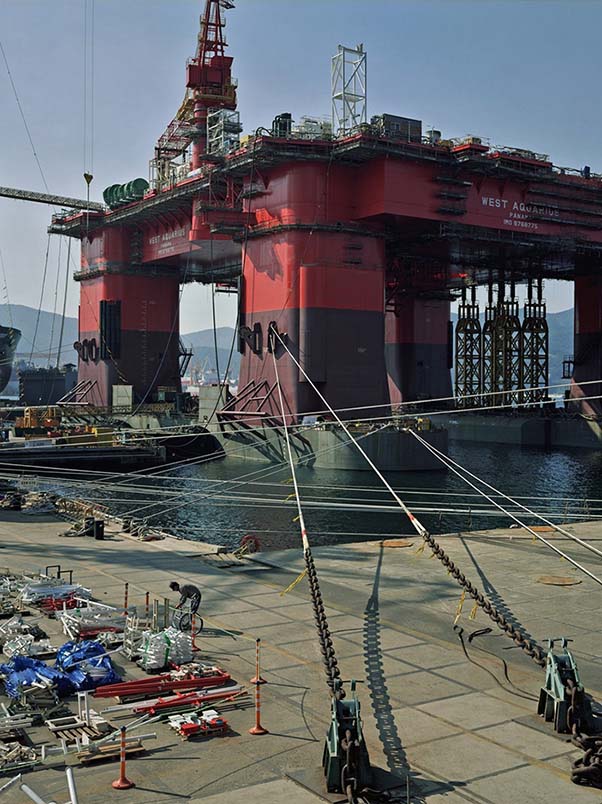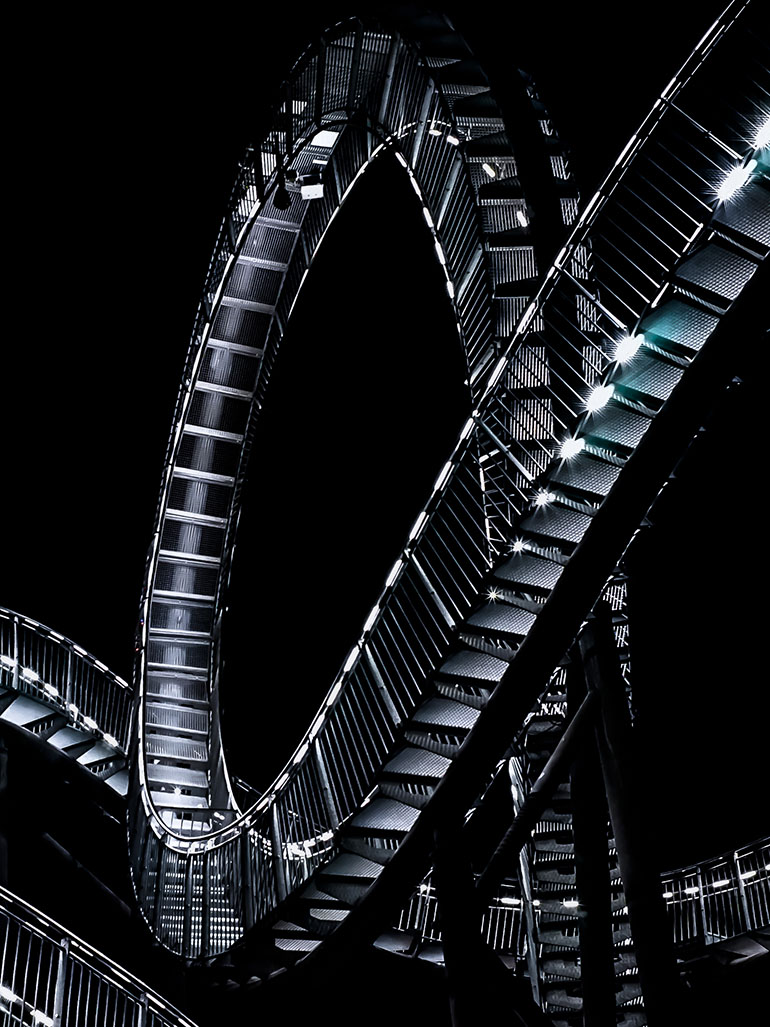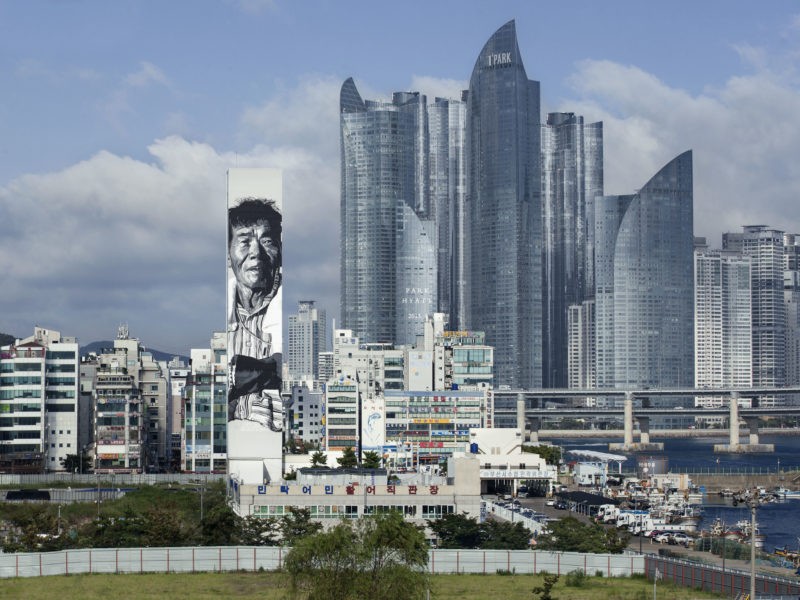
Introduction
During the last week of August 2012, German painter Hendrik Beikirch 1 created not only a stunning work but an iconic piece that stretches over 70 meters (230 ft.) high and is yet to be considered as Asia’s tallest mural.
Located in South Korea‘s 2 second-largest city, Busan 3, this piece showcases a monochromatic mural of a fisherman, set in contrast with the Haeundae I’Park building in the background, constructed by renowned architect Daniel Libeskind.
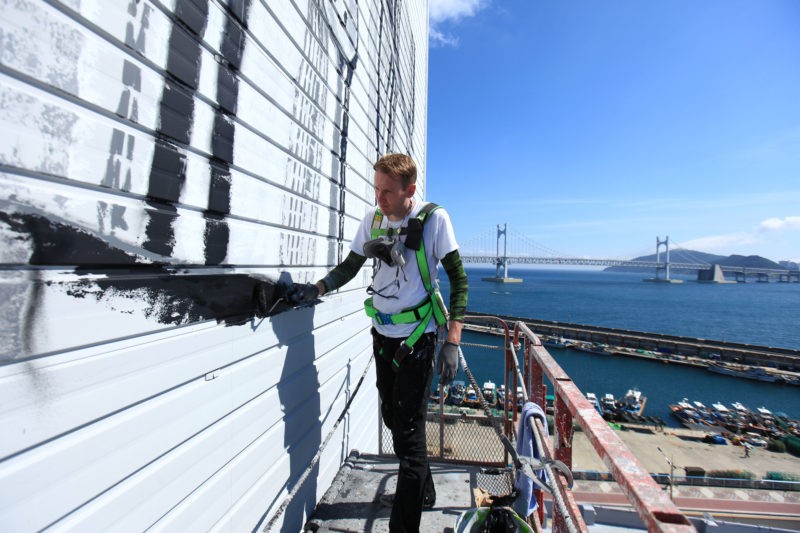
The Haeundae I’Park is a residential building that symbolizes the rapid development and accumulated wealth in Korea, a developing country not too long ago. The mural that depicts an image of a fisherman represents a significant portion of Korea‘s population that has not been affected by the economic growth and, until now, lives under very different circumstances compared to their affluent neighbors.
Responsible for this project is Public Delivery, an organization that has made waves across Asia and Europe by promoting contemporary art. The artwork will be on display for an indefinite period of time.
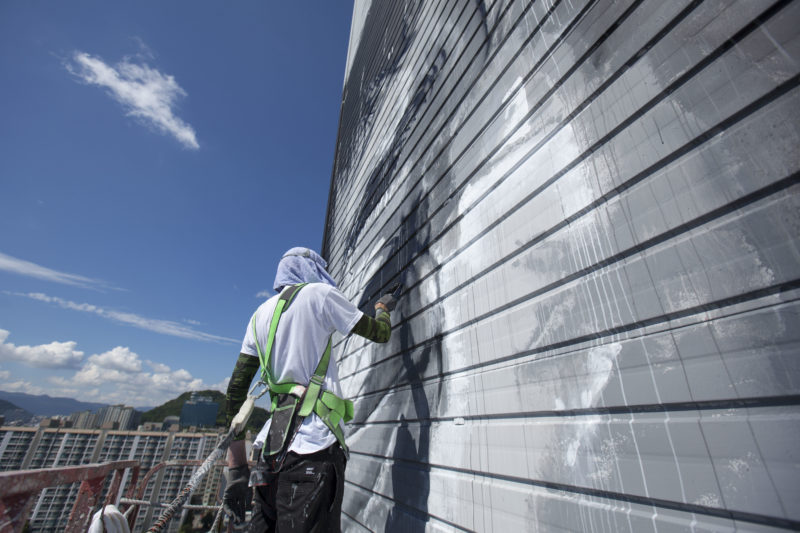
The Painting
The mural presents a local fisherman in his 60s, staring into an intangible space with his face marked with wrinkles, still wearing long plastic gloves – a sign that there are still men and women like him at this age working for a living. This dying profession entails six to seven days of work in a week, under challenging circumstances, while just receiving a minimum amount of financial support, just enough to buy certain needs.

However, despite the story behind the portrait, the painting conveys a positive message seen in the emotion shown by the fisherman. Besides, underneath it, Beikirch added a statement in Korean letters which roughly translates to “Where there is no struggle, there is no strength.”
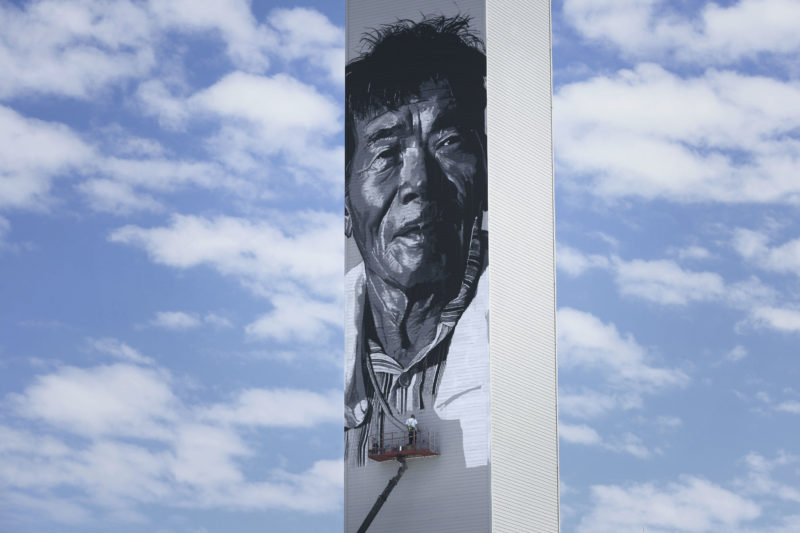
Beikirch is known for his artworks set in monochromatic and detailed paintings and this is no different. Unlike other artists, he painted this mural without using a projector or a sketch on the wall. This, in its true form, is a masterful performance and a task that requires enormous routine and outstanding precision.
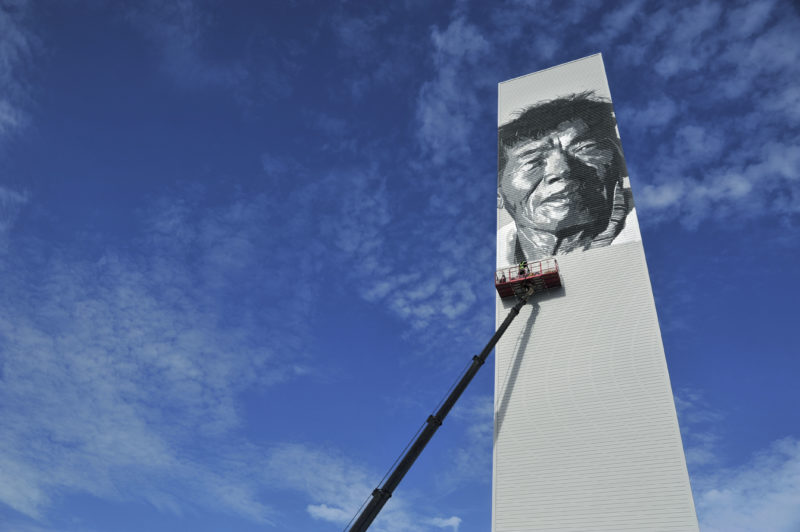
The location
The painting is applied to the building of Busan‘s fisher union. It is located between Korea’s two most famous beaches, Haeundae (해운대해수욕장) and Gwangalli (광안리해수욕장), clearly visible from the latter. Over the past years, both beaches turned into excessive commercial areas and became heavy motors for the city‘s tourism, attracting mostly Korean, Japanese, Chinese and Russian travelers.
The building is also home to a fish market that provides the prosperous inhabitants of Busan, like those living in the Hyundai I’Park building, with Korean-style raw fish (hoe, 회). This pricey delicacy is similar to Japanese sashimi.
60 Gwanganhaebyeon-ro 312(sambaek, Millak-dong, Suyeong-gu, Busan, South Korea
부산광역시 수영구 민락동 광안해변로312번길 60
About Hendrik Beikirch
Hendrik Beikirch (b. 1974) is a German painter known for his series of large monochromatic wall paintings that often show portraits of older people visibly marked by life. To create these works, Beikirch secretly takes sketches of strangers he encounters on his travels, noticing them for their aura and expression between hope and struggle.
This inspired the title of his ongoing series “Faces of Hope and Struggle” and runs seamlessly on the canvases of Beikirch, which mostly displays the same frontal view of unfamiliar people. He deliberately distances himself from the polished and artificial aesthetic of advertising, which has now occupied major parts of public space.
Beikirch always works with a reduced color palette. Therefore the high recognition factor ensures that viewers can easily find walls by him all over Europe, Canada, the USA, Mexico, Chile, Australia, Taiwan, Hong Kong, Thailand, Russia and other countries, all painted in the last 15 years.
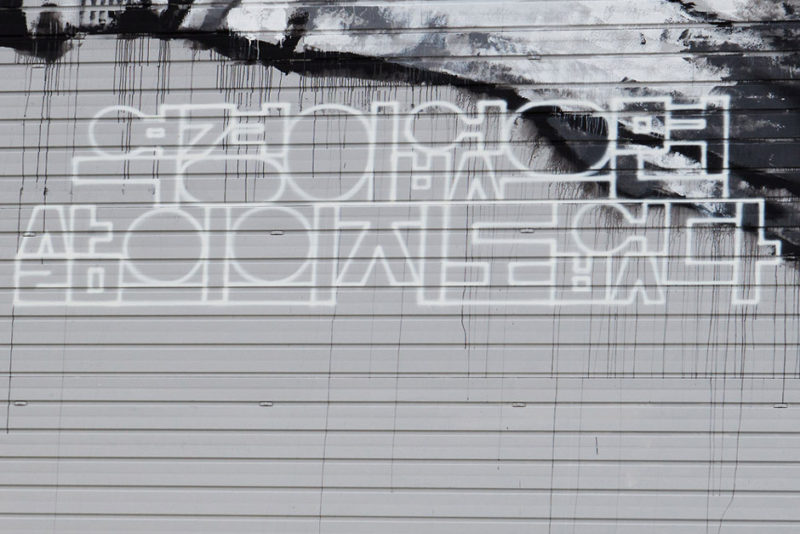
Partners
This project would not have been possible without The Busan Cultural Foundation, The Arts Council Korea, Busan Metropolitan City, Indie Culture Network AGIT and Suyeong Local Government.
MBC, the oldest and one of the major commercial Korean broadcasting companies, is the main media partner.
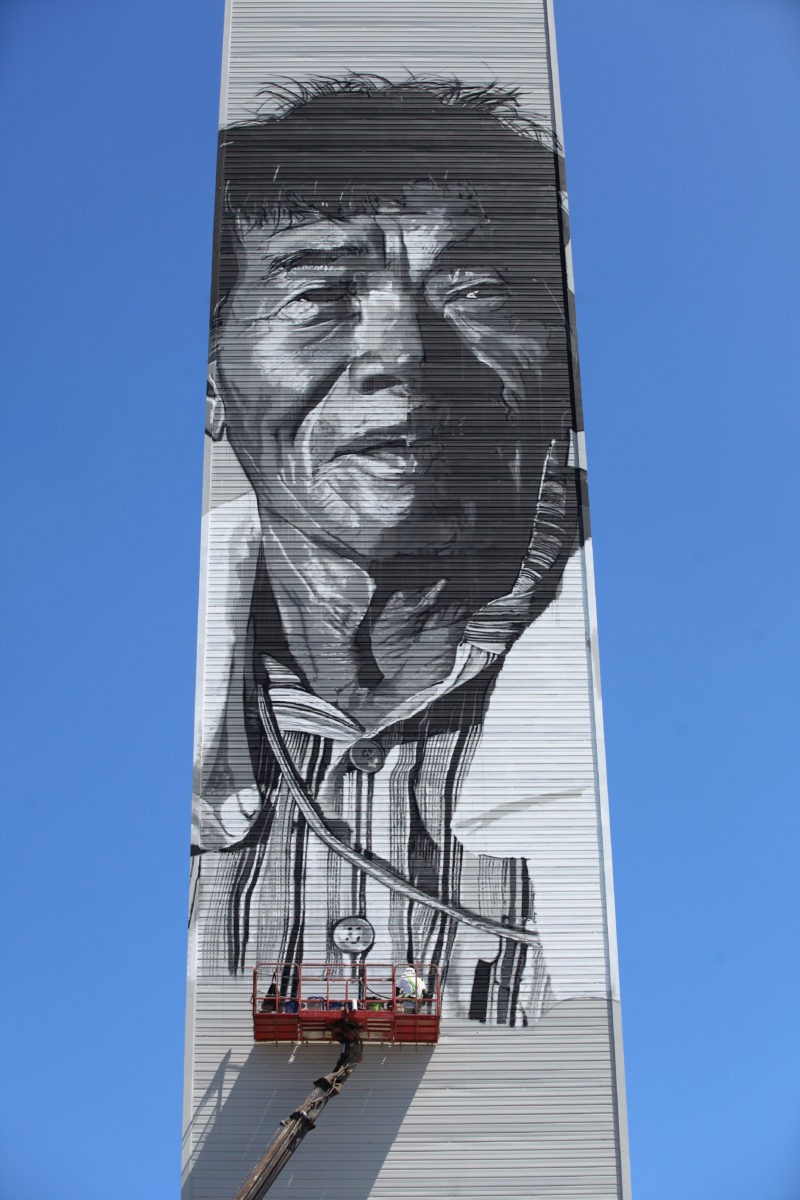
More graffiti
Explore nearby
Busan, South Korea
 Thomas Struth visits North & South KoreaPhoto documentation (2007/2008, 2010)55 km away
Thomas Struth visits North & South KoreaPhoto documentation (2007/2008, 2010)55 km away
